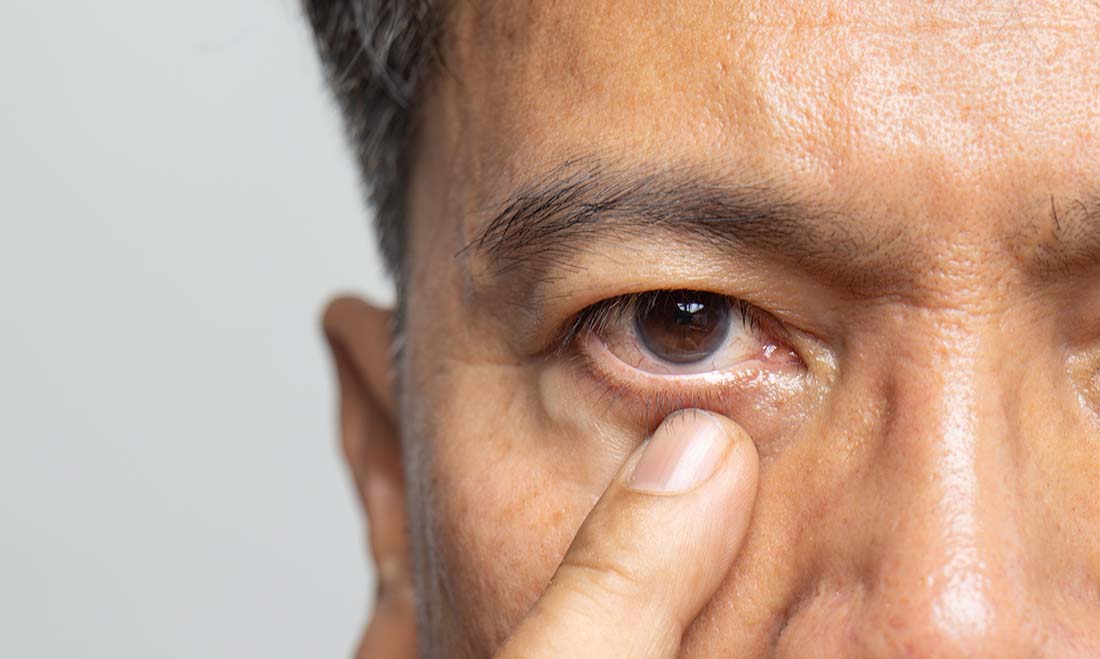Cataracts cloud the lens of the eye, leading to a decline in vision that can impact daily activities and quality of life. Recognizing the early Signs of Cataracts, such as blurred vision and sensitivity to glare, is crucial for timely intervention and treatment. This article explores the symptoms, diagnostic processes, and treatment options available for cataracts, providing essential information for those experiencing or at risk of this common condition.
Spotting the Signs: Early Symptoms of Cataracts
Early detection of cataracts is pivotal in preventing the progression of vision impairment. One of the most common initial symptoms is blurred vision, where individuals may notice a slight cloudiness affecting their clarity of sight. This can often be mistaken for a minor issue, but it is a key indicator of early cataract formation. Additionally, those with developing cataracts might experience difficulty with night vision, particularly while driving, as oncoming headlights can create more glare than usual.

Another significant symptom is an increased sensitivity to glare during daylight hours. Sunlight or bright indoor lights can become uncomfortably intense, and halos may appear around light sources. Frequent changes in prescription glasses or contact lenses can also be a sign that cataracts are affecting one’s vision. Recognizing these symptoms early can lead to a more successful management of the condition, preventing severe vision loss.
It is essential for individuals to monitor their vision regularly and report any sudden changes to an ophthalmologist. Early diagnosis allows for a wider range of treatment options and can significantly improve the outcome.
First Steps to Confirmation: Diagnostic Processes
Once early signs of cataracts are identified, confirming the diagnosis through professional assessment is crucial. Eye care professionals employ several diagnostic tests to evaluate the presence and extent of cataracts. A visual acuity test is typically the first step, where patients read from an eye chart to determine how well they can see at various distances. This test helps in assessing the impact of cataracts on vision clarity.
Following the visual acuity test, a slit lamp examination allows the doctor to observe the structures at the front of the eye under magnification. This examination can reveal the presence of cataracts and other possible eye conditions. The slit lamp highlights the cloudiness in the lens, characteristic of cataracts, providing a detailed view of the eye’s anatomy.
A retinal exam may be conducted to examine the back of the eye, including the retina and optic nerve. This is done after dilating the pupils to provide a clearer view of the internal structures. This comprehensive approach ensures that any changes in the eye related to cataracts are accurately noted and helps in planning the appropriate treatment.
These diagnostic processes are essential for determining the severity of cataracts and tailoring the treatment plan to the patient’s specific needs. Early and accurate diagnosis not only facilitates effective treatment but also helps in monitoring the progression of the condition, ensuring optimal management and preservation of vision.
Choosing the Right Path: Treatment Options Available
Treatment options for cataracts vary depending on the severity of the condition and the specific needs of the patient. For those with early signs of cataracts, simple corrective measures such as updated prescription glasses or stronger lighting may suffice to improve vision. These adjustments can help manage minor symptoms and delay the need for more invasive procedures.
As cataracts progress, surgical options become necessary. Phacoemulsification is the most common surgical method for cataract removal. This procedure involves the use of ultrasound waves to break up the cloudy lens, which is then removed and replaced with a clear artificial lens. This surgery is highly effective and typically performed on an outpatient basis, allowing patients to return home the same day.
For patients with other eye conditions, such as glaucoma or macular degeneration, customized treatment plans are developed. These plans consider both the cataracts and the concurrent eye issues to ensure comprehensive care. The choice of treatment is always tailored to maximize vision improvement and cater to the individual’s lifestyle and health requirements.
By understanding the range of available treatments, patients can discuss their options with their ophthalmologist and make informed decisions about managing their cataract condition. This collaborative approach helps ensure the best possible outcomes for each patient, enhancing their quality of life through improved vision.
Signs of Cataracts and Navigating Your Treatment
Undergoing cataract surgery is a straightforward process, typically lasting only about 30 minutes per eye. Patients are usually awake during the procedure, with local anesthesia administered to ensure comfort. The use of advanced technology allows for precise and efficient surgery, minimizing discomfort and maximizing recovery speed.

Post-operatively, patients can expect mild discomfort and blurry vision for a few days as the eye heals. It is crucial to follow the ophthalmologist’s instructions, which will include using prescribed eye drops to prevent infection and reduce inflammation. Patients are advised to avoid strenuous activities and protect their eyes from direct sunlight by wearing sunglasses.
Recovery at home involves simple yet effective steps to ensure a smooth healing process. Keeping the eyes clean, avoiding rubbing or pressing on the eye, and attending follow-up appointments are essential practices. Most patients notice significant improvements in their vision within a few weeks, with complete recovery taking about a month.
By adhering to these guidelines, patients can effectively manage their recovery at home, ensuring the best possible outcome from their cataract surgery. This proactive approach to post-operative care is vital for restoring clear vision and returning to normal daily activities.
Looking Ahead: Preventing Cataracts and Maintaining Eye Health
Preventing cataracts and maintaining overall eye health requires proactive measures and regular care. Regular eye examinations are crucial, as they allow for early detection and management of potential issues related to the eyes. Protecting eyes from excessive UV light exposure by wearing sunglasses with adequate UV protection is also essential. Additionally, maintaining a healthy lifestyle that includes a diet rich in antioxidants can contribute to eye health. For those seeking more information on the early signs of cataracts or needing a personalized consultation, visiting The Cataract Surgeons offers access to leading ophthalmological care. By taking these steps, individuals can significantly reduce their risk of developing cataracts and ensure their vision remains clear for years to come.



